Bird feeding is one of America’s favorite outdoor hobbies, with nearly 59 million households participating in this enjoyable pastime. Despite its popularity, many well-intentioned bird enthusiasts make crucial mistakes that can affect both the health of their feathered visitors and the effectiveness of their feeding stations. Even experienced birders can fall into common traps when selecting, storing, and distributing birdseed. This comprehensive guide will help you identify and avoid the most prevalent birdseed mistakes, ensuring your backyard remains a safe haven for birds year-round while maximizing your bird-watching enjoyment.
Understanding Bird Nutritional Needs
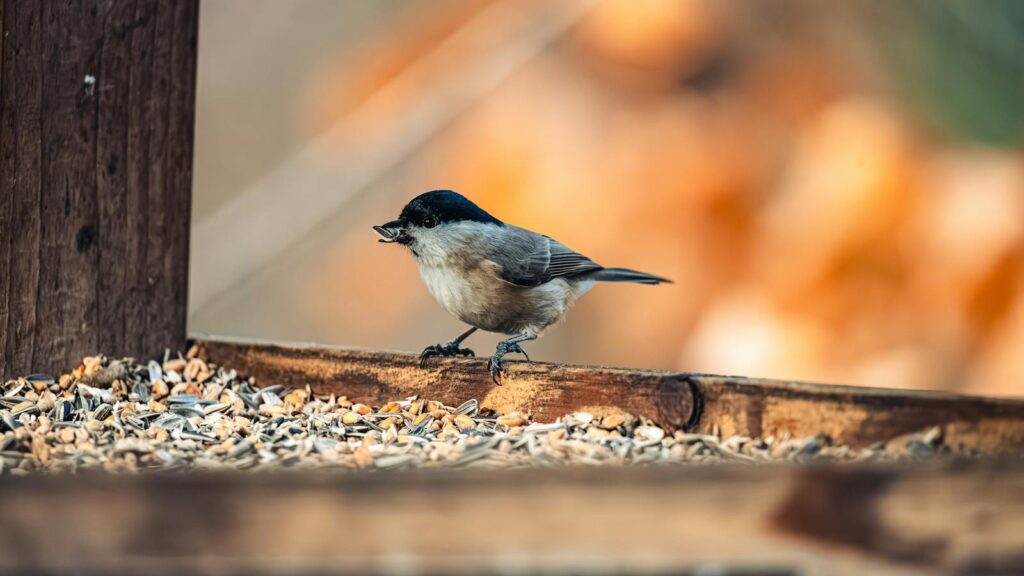
Birds have diverse dietary requirements that change throughout the seasons, yet many feeders offer the same seed mix year-round. Different species require varying proportions of protein, fat, and carbohydrates depending on whether they’re breeding, migrating, or surviving winter conditions. For instance, during colder months, high-fat foods like black oil sunflower seeds and suet provide essential energy for maintaining body temperature. In spring and summer, protein-rich options support nesting and raising young. Understanding these seasonal needs allows you to adjust your feeding strategy accordingly, providing optimal nutrition when birds need it most.
The Bargain Seed Mix Trap
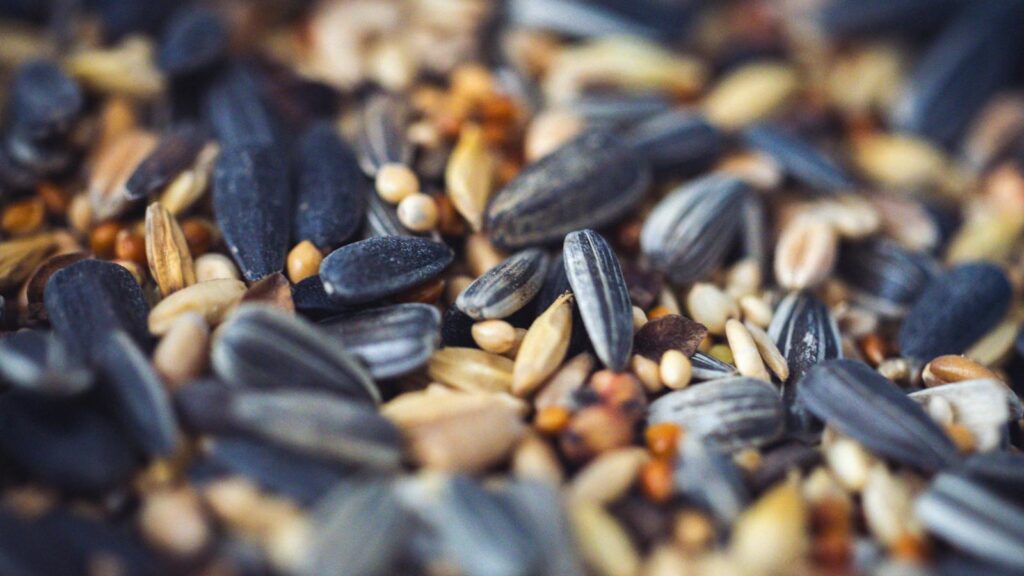
One of the most common mistakes is purchasing the least expensive seed mixes available at big box stores. These bargain blends often contain fillers like milo, cracked corn, wheat, and oats that most desirable songbirds simply won’t eat. The result is wasted seed scattered beneath your feeder as birds toss aside unwanted components in search of more nutritious options. This discarded seed can attract unwanted visitors like mice and rats, create unsanitary conditions, and ultimately cost more in the long run than higher-quality seed. Investing in premium mixes or single-seed options targeted to your local bird population provides better nutrition and reduces waste considerably.
Overlooking Seed Freshness
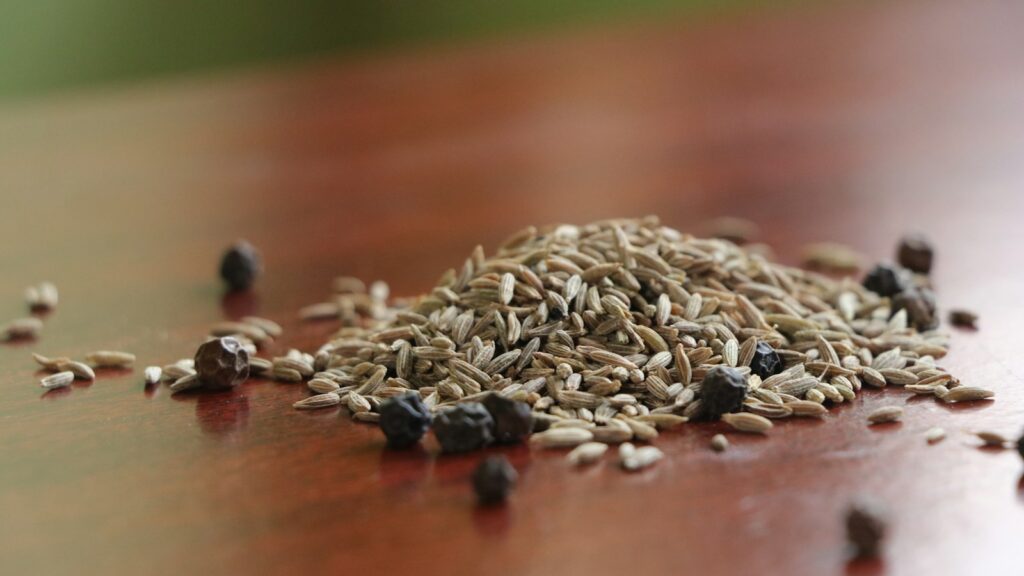
Many bird enthusiasts unknowingly serve stale or rancid seed to their backyard visitors, unaware that seed quality degrades significantly over time. Seeds contain natural oils that can go rancid when exposed to heat, humidity, or simply through age, potentially causing digestive issues for birds. Fresh seed should smell clean and nutty, never musty or sour. A good practice is to purchase smaller quantities more frequently rather than buying in bulk, especially during warmer months when degradation happens more quickly. Rotate your stock regularly and dispose of any seed that shows signs of mold, clumping, or has developed an off odor.
Improper Seed Storage Solutions
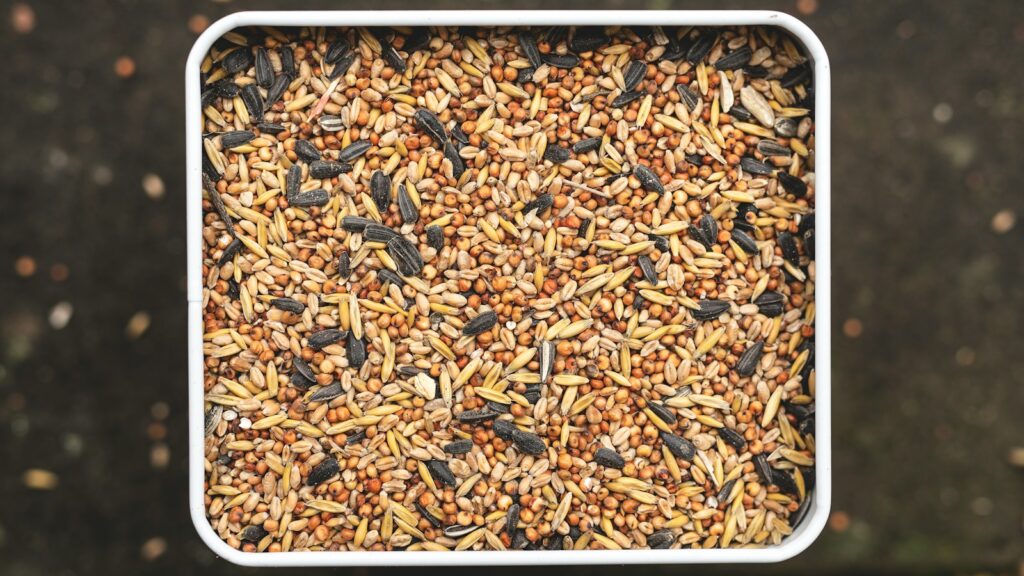
Inadequate storage is a significant contributor to seed deterioration and pest problems. Leaving seed in its original paper or plastic packaging exposes it to moisture, insects, and rodents. Instead, transfer birdseed to airtight containers made of metal or heavy-duty plastic with secure lids. Store containers in a cool, dry location away from direct sunlight, which can accelerate oil degradation. Some dedicated birders even refrigerate certain high-oil seeds like nyjer and black oil sunflower during summer months to maintain freshness. Proper storage not only preserves nutritional value but also prevents potentially harmful mold growth that could sicken your feathered guests.
Neglecting Feeder Hygiene
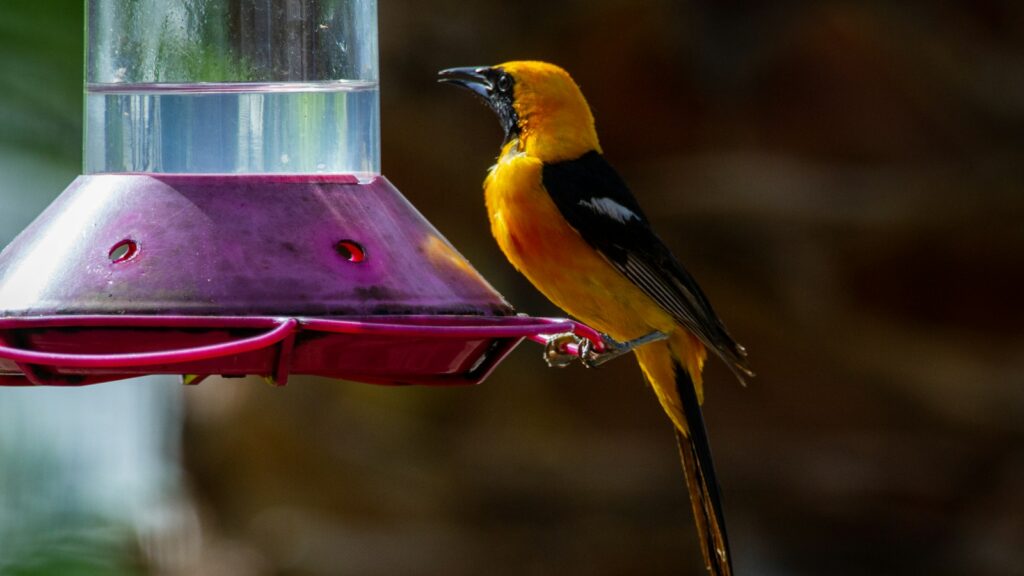
Dirty feeders can quickly become breeding grounds for harmful bacteria and diseases that spread among bird populations. Many well-intentioned bird lovers fill feeders regularly but rarely, if ever, clean them properly. Feeders should be thoroughly cleaned and disinfected at least every two weeks, more frequently during wet weather or if sick birds have been observed. The cleaning process should include emptying old seed, scrubbing with hot, soapy water, disinfecting with a 10% bleach solution, rinsing thoroughly, and completely drying before refilling. This routine maintenance prevents the spread of diseases like salmonellosis, avian pox, and conjunctivitis that can devastate local bird populations.
The One-Feeder-Fits-All Misconception
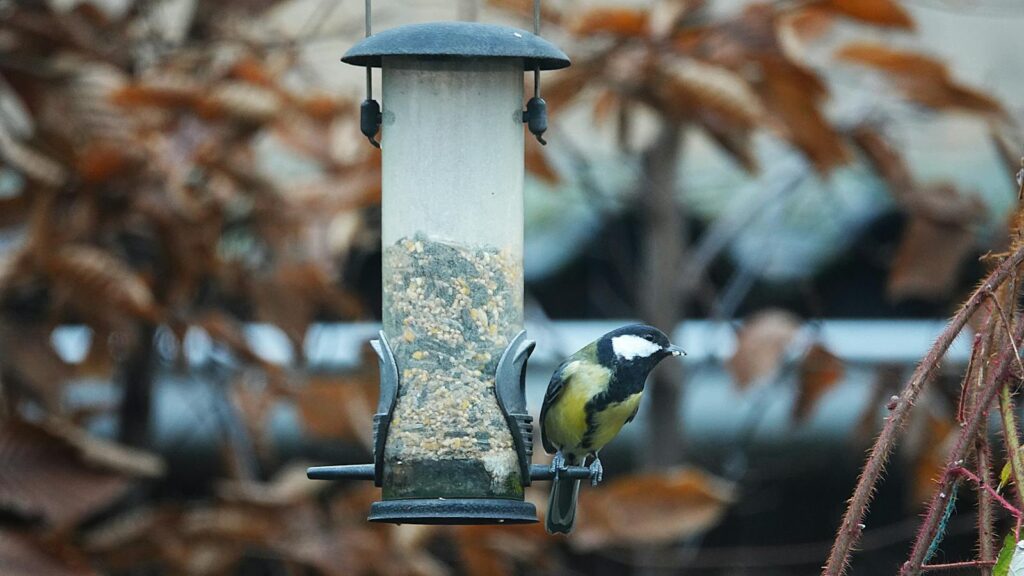
Different bird species have evolved distinct feeding strategies and physical adaptations that make certain feeder types more accessible than others. Offering only one style of feeder limits the diversity of birds you’ll attract to your yard. Tube feeders work well for finches and chickadees but may be inaccessible to larger birds like cardinals or jays. Platform feeders accommodate ground-feeding species but expose seed to weather and waste. Specialized feeders like nyjer socks for goldfinches or suet cages for woodpeckers cater to specific feeding preferences. Creating a diverse feeding station with multiple feeder types positioned at different heights maximizes your yard’s appeal to the widest variety of bird species.
Incorrect Feeder Placement
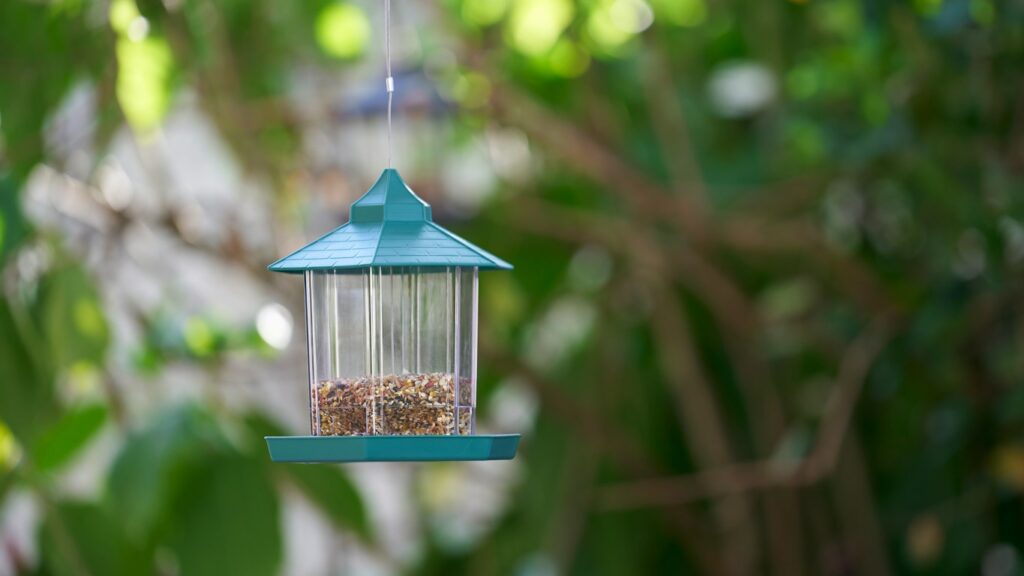
Even the highest quality seed won’t attract birds if feeders are positioned poorly. Many people place feeders in locations convenient for human viewing or filling without considering bird safety or comfort. Feeders positioned too close to dense shrubs can harbor predators like cats, while those too far from protective cover leave birds feeling exposed and vulnerable. The ideal placement is about 10-12 feet from protective cover, allowing birds quick escape routes while maintaining a safe distance from potential ambush sites. Additionally, window strikes kill millions of birds annually, so keeping feeders either within three feet of windows (too close for birds to gain fatal momentum) or more than 30 feet away can dramatically reduce collisions.
Discontinuing Feeding During Critical Periods
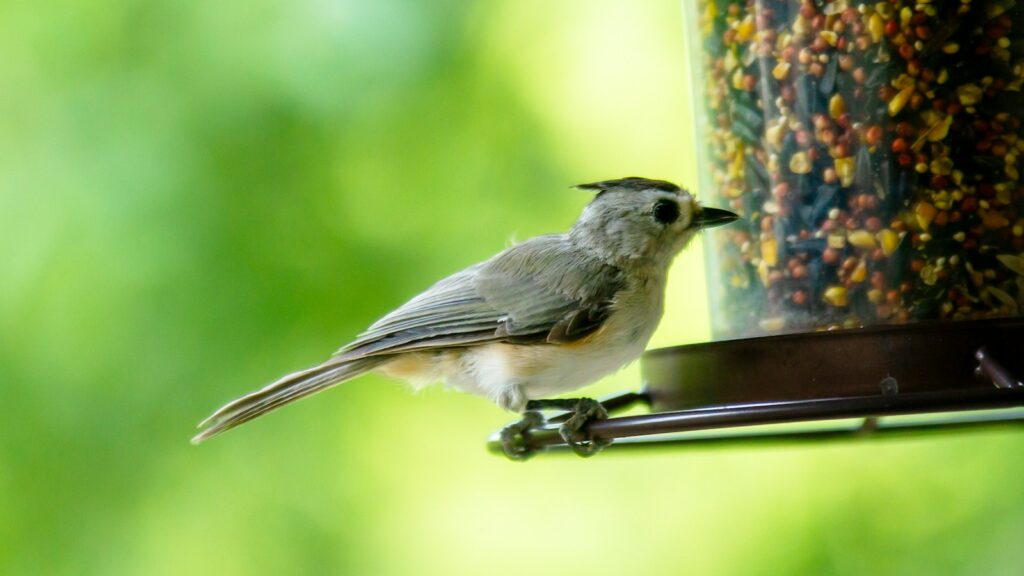
Some bird enthusiasts mistakenly believe they should stop feeding during certain seasons, particularly summer or when migration begins. In reality, abruptly stopping feeding can create hardship for birds that have come to rely on your food source, especially during breeding season when energy demands are high or during migration when reliable food sources are crucial. While birds typically have access to natural food sources, your feeders can provide important supplementary nutrition during stress periods like extreme weather events, habitat loss, or when natural food is scarce. Rather than complete cessation, consider adjusting the type and quantity of food offered as seasons change to better match birds’ shifting nutritional needs.
Ignoring Regional Bird Preferences
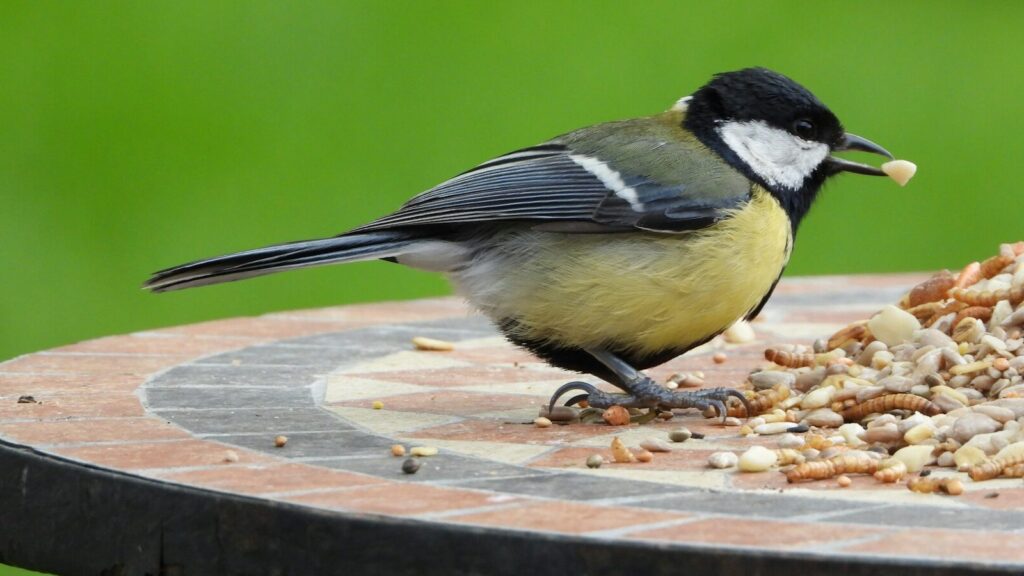
Bird populations vary significantly by region, yet many people use generalized feeding approaches that don’t account for local species. The birds visiting backyards in Arizona have different preferences and needs than those in Maine or Michigan. Research native birds in your specific area to understand which species you’re most likely to attract and their preferred foods. Local Audubon chapters, bird clubs, or regional bird guides can provide valuable insights about location-specific feeding strategies. For example, offering mealworms might attract abundant bluebirds in some regions but prove wasteful in areas where these birds are uncommon. Tailoring your seed selection to regional visitors increases feeding success while reducing waste.
Overlooking Water Sources
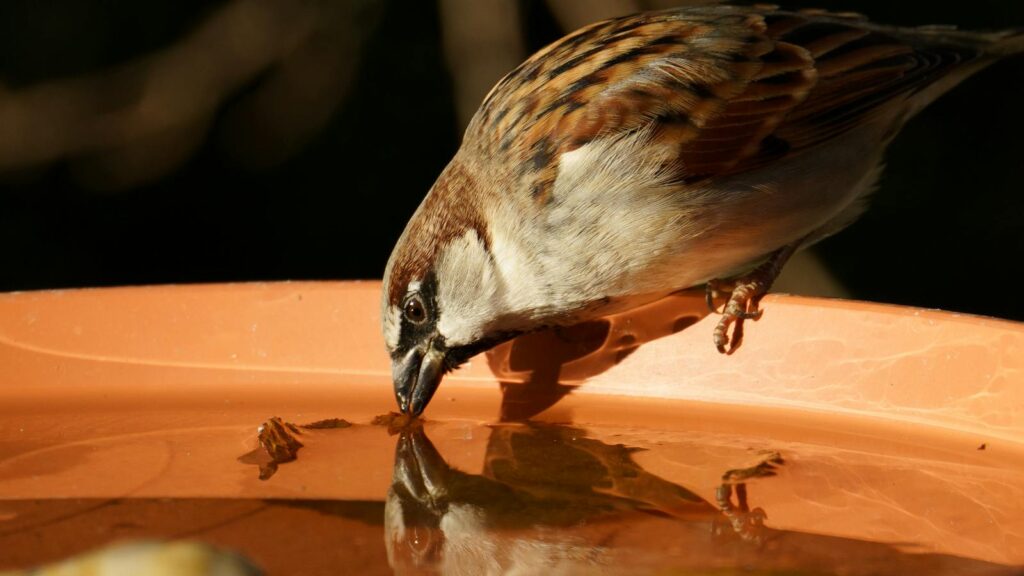
While technically not a seed mistake, many feeding stations lack adequate water sources, significantly reducing their attractiveness to birds. Clean water is essential for drinking and bathing year-round, yet it’s often the most overlooked element in backyard bird habitats. Birds need water for hydration, particularly when consuming dry seeds, and for maintaining clean, insulating feathers. During winter, heated bird baths can provide a rare unfrozen water source that draws birds even more reliably than food. Placing water features at varying heights accommodates different species’ preferences, while ensuring regular cleaning prevents disease transmission through shared water sources.
The Invasive Plant Risk
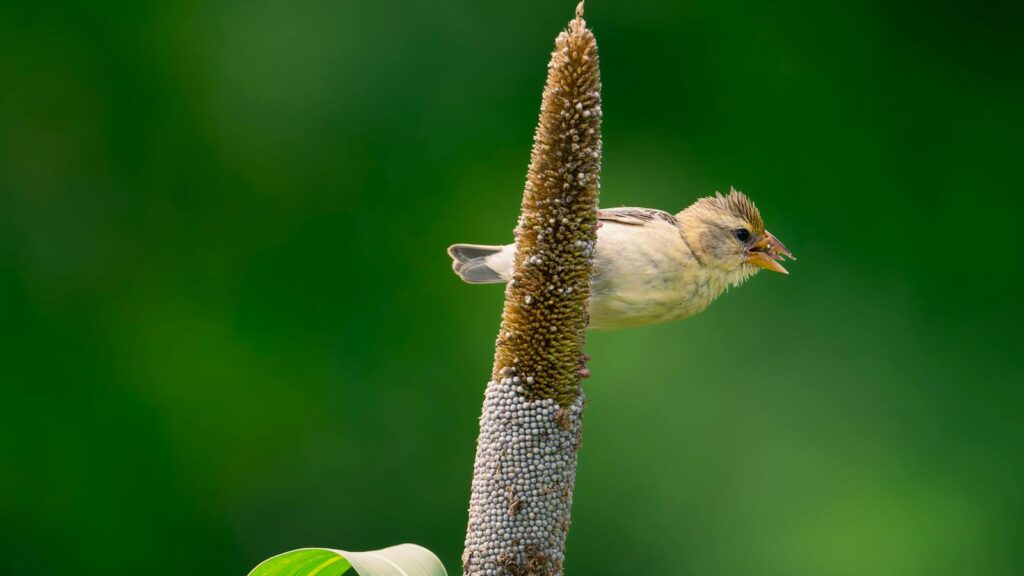
Certain types of birdseed, particularly mixes containing millet, sorghum, or non-native plant seeds, can lead to unwanted vegetation when spilled seed germinates. These volunteer plants can sometimes become invasive, spreading beyond your yard and potentially harming local ecosystems. To mitigate this risk, select sterilized seed when available, which has been heat-treated to prevent germination without affecting nutritional value. Another effective approach is installing seed catching trays beneath feeders to collect fallen seed before it reaches the ground. Regular cleanup of spilled seed not only prevents unwanted plant growth but also reduces the likelihood of attracting rodents and other unwanted wildlife to your feeding area.
Underestimating Squirrel Determination
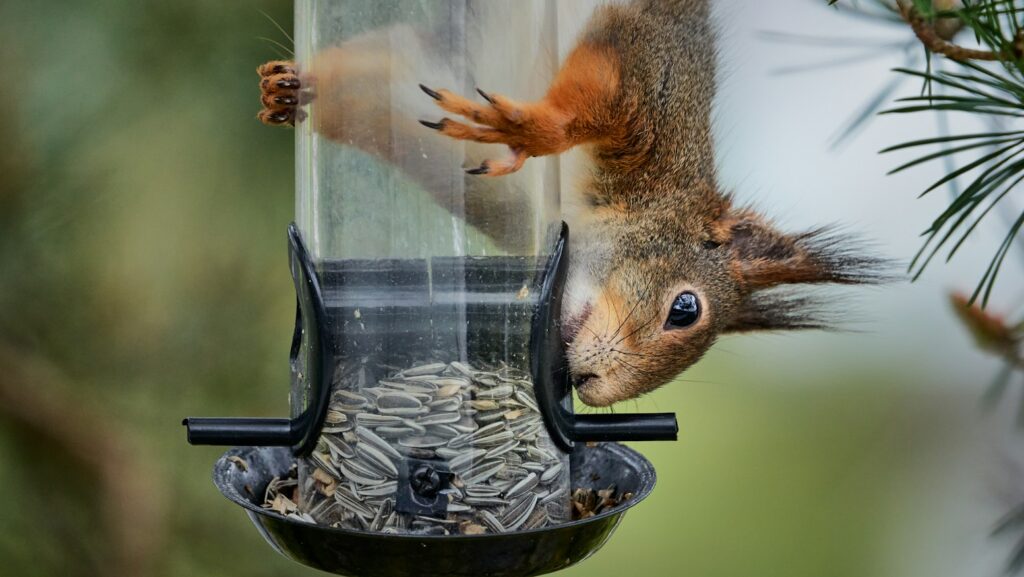
Perhaps no challenge frustrates bird enthusiasts more than persistent squirrels raiding feeders, yet many continue to underestimate these clever mammals’ problem-solving abilities. Standard “squirrel-proof” feeders often prove inadequate against determined squirrels, who can jump remarkable distances, climb nearly any surface, and chew through most materials. Effective squirrel management requires a multi-faceted approach that might include specialized weight-sensitive feeders, baffle systems properly positioned above and below feeding stations, strategic placement away from jumping points, and occasionally offering dedicated squirrel feeding stations to reduce competition. Some birders find success with specialized seed blends treated with capsaicin, which mammals find unpleasant but doesn’t affect birds who lack receptors for this compound.
Failing to Create a Complete Habitat
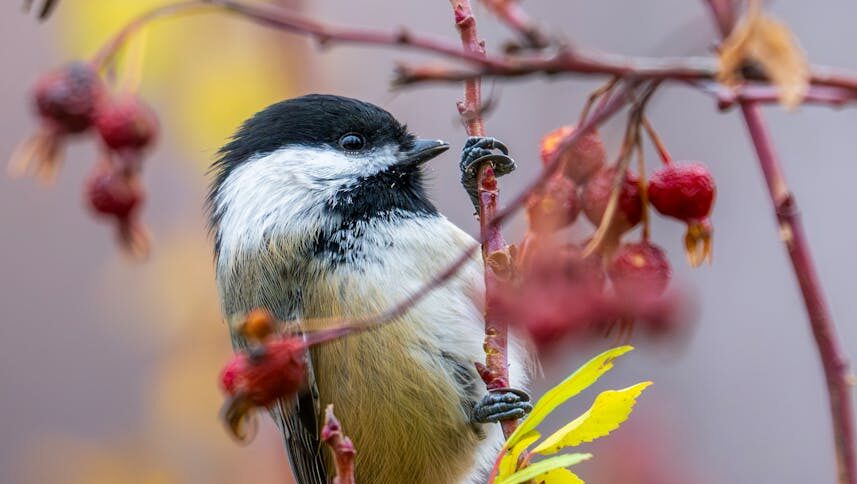
Relying solely on seed feeders without developing other habitat elements significantly limits your yard’s bird-supporting potential. Birds need more than just food—they require shelter, nesting sites, and natural food sources like native plants that produce berries, seeds, and attract insects. Native trees, shrubs and flowers adapted to your region provide natural food sources, shelter from predators and weather, and nesting materials and locations. These natural elements support a wider diversity of birds, including species that rarely visit feeders. The most successful bird habitats integrate supplemental feeding with thoughtful landscaping using native plants, creating a complete ecosystem that supports birds through all seasons and life stages.
Conclusion
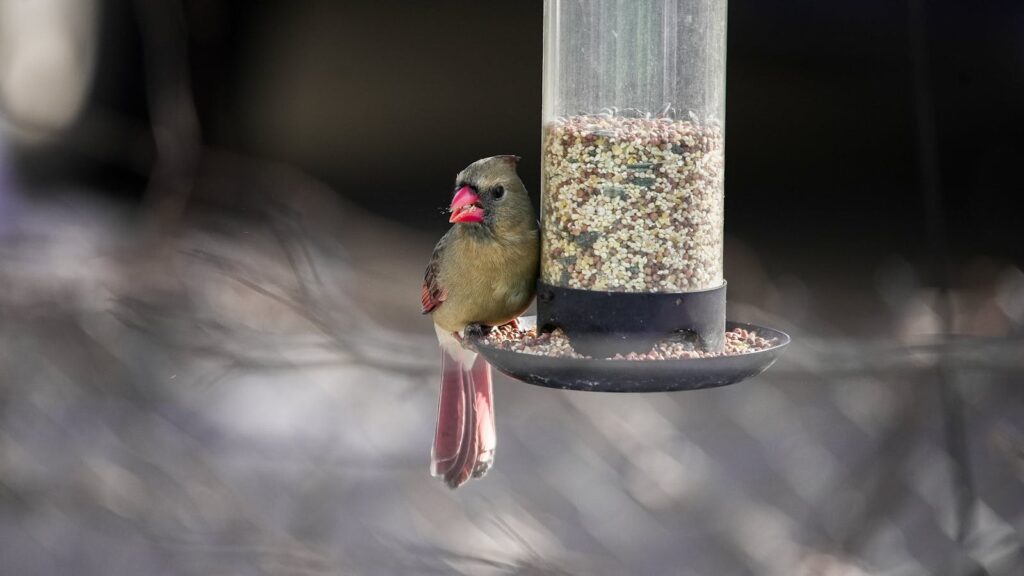
By avoiding these common birdseed mistakes, you’ll create a healthier, more attractive environment for your feathered visitors while enhancing your bird-watching experience. Remember that bird feeding is not just about providing food—it’s about creating responsible, sustainable support systems for wild birds facing increasing habitat pressures. With proper seed selection, storage, feeder maintenance, and habitat development, your backyard can become a genuine sanctuary for local and migratory birds alike. The small adjustments outlined in this guide can make a significant difference not only in the quantity and diversity of birds you attract but also in their overall health and well-being.
